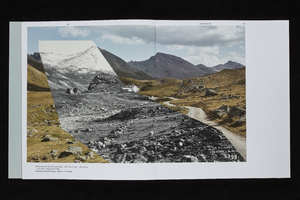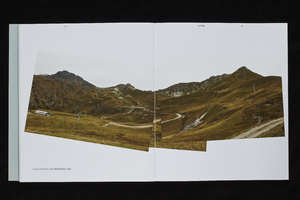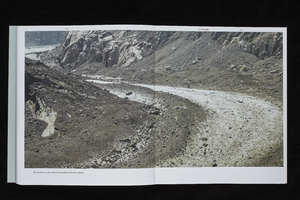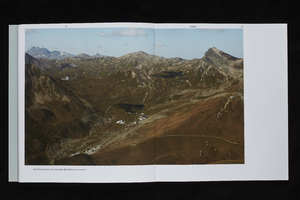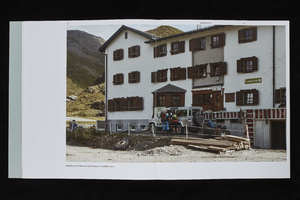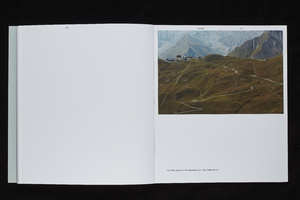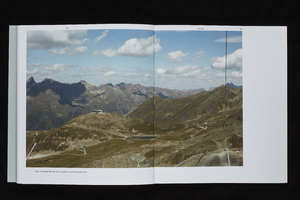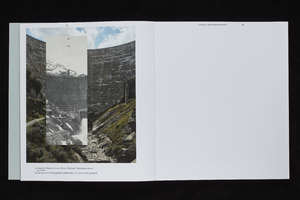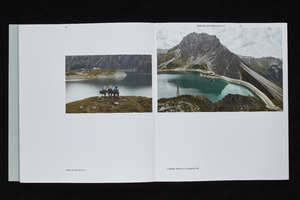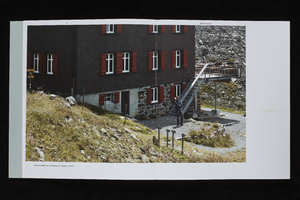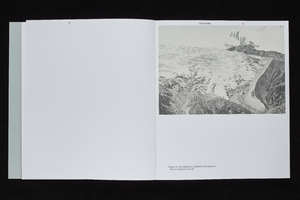Werk
Alle Inhalte mit Metadaten des Vokabulars "Werk". Sie sehen nur Inhalte, für die Sie berechtigt sind.
1949 Inhalte
- Seite 1 von 163
IN BEARBEITUNG – Alpine Landschaften
- Titel
- IN BEARBEITUNG – Alpine Landschaften
- Titel (en)
- IN BEARBEITUNG – Alpine Landschaften
- Untertitel
- IN BEARBEITUNG – Alpine Landschaften
- Autor/in
- Typ des Projekts/Werks
- Titel
- IN BEARBEITUNG – Alpine Landschaften
- Urheberrechtshinweis
- Elias Siebert
- Rechtsschutz/Lizenz
- Projektleiter/in
- Semester
- Importiert am
- 04.07.2018
- Übergeordnete Sets
- 1
IN BEARBEITUNG – Alpine Landschaften
- Titel
- IN BEARBEITUNG – Alpine Landschaften
- Titel (en)
- IN BEARBEITUNG – Alpine Landschaften
- Autor/in
- Typ des Projekts/Werks
- Titel
- IN BEARBEITUNG – Alpine Landschaften
- Urheberrechtshinweis
- Elias Siebert
- Rechtsschutz/Lizenz
- Medienersteller/in
- Projektleiter/in
- Semester
- Importiert am
- 04.07.2018
- Übergeordnete Sets
- 1
IN BEARBEITUNG – Alpine Landschaften
- Titel
- IN BEARBEITUNG – Alpine Landschaften
- Titel (en)
- IN BEARBEITUNG – Alpine Landschaften
- Autor/in
- Typ des Projekts/Werks
- Titel
- IN BEARBEITUNG – Alpine Landschaften
- Urheberrechtshinweis
- Elias Siebert
- Rechtsschutz/Lizenz
- Medienersteller/in
- Projektleiter/in
- Semester
- Importiert am
- 04.07.2018
- Übergeordnete Sets
- 1
IN BEARBEITUNG – Alpine Landschaften
- Titel
- IN BEARBEITUNG – Alpine Landschaften
- Titel (en)
- IN BEARBEITUNG – Alpine Landschaften
- Autor/in
- Typ des Projekts/Werks
- Titel
- IN BEARBEITUNG – Alpine Landschaften
- Urheberrechtshinweis
- Elias Siebert
- Rechtsschutz/Lizenz
- Medienersteller/in
- Projektleiter/in
- Semester
- Importiert am
- 04.07.2018
- Übergeordnete Sets
- 1
IN BEARBEITUNG – Alpine Landschaften
- Titel
- IN BEARBEITUNG – Alpine Landschaften
- Titel (en)
- IN BEARBEITUNG – Alpine Landschaften
- Untertitel
- IN BEARBEITUNG – Alpine Landschaften
- Autor/in
- Typ des Projekts/Werks
- Titel
- IN BEARBEITUNG – Alpine Landschaften
- Urheberrechtshinweis
- Elias Siebert
- Rechtsschutz/Lizenz
- Projektleiter/in
- Semester
- Importiert am
- 04.07.2018
- Übergeordnete Sets
- 1
IN BEARBEITUNG – Alpine Landschaften
- Titel
- IN BEARBEITUNG – Alpine Landschaften
- Titel (en)
- IN BEARBEITUNG – Alpine Landschaften
- Autor/in
- Typ des Projekts/Werks
- Titel
- IN BEARBEITUNG – Alpine Landschaften
- Urheberrechtshinweis
- Elias Siebert
- Rechtsschutz/Lizenz
- Medienersteller/in
- Projektleiter/in
- Semester
- Importiert am
- 04.07.2018
- Übergeordnete Sets
- 1
IN BEARBEITUNG – Alpine Landschaften
- Titel
- IN BEARBEITUNG – Alpine Landschaften
- Titel (en)
- IN BEARBEITUNG – Alpine Landschaften
- Autor/in
- Typ des Projekts/Werks
- Titel
- IN BEARBEITUNG – Alpine Landschaften
- Urheberrechtshinweis
- Elias Siebert
- Rechtsschutz/Lizenz
- Medienersteller/in
- Projektleiter/in
- Semester
- Importiert am
- 04.07.2018
- Übergeordnete Sets
- 1
IN BEARBEITUNG – Alpine Landschaften
- Titel
- IN BEARBEITUNG – Alpine Landschaften
- Titel (en)
- IN BEARBEITUNG – Alpine Landschaften
- Untertitel
- IN BEARBEITUNG – Alpine Landschaften
- Autor/in
- Typ des Projekts/Werks
- Titel
- IN BEARBEITUNG – Alpine Landschaften
- Urheberrechtshinweis
- Elias Siebert
- Rechtsschutz/Lizenz
- Projektleiter/in
- Semester
- Importiert am
- 04.07.2018
- Übergeordnete Sets
- 1
IN BEARBEITUNG – Alpine Landschaften
- Titel
- IN BEARBEITUNG – Alpine Landschaften
- Titel (en)
- IN BEARBEITUNG – Alpine Landschaften
- Untertitel
- IN BEARBEITUNG – Alpine Landschaften
- Autor/in
- Typ des Projekts/Werks
- Titel
- IN BEARBEITUNG – Alpine Landschaften
- Urheberrechtshinweis
- Elias Siebert
- Rechtsschutz/Lizenz
- Projektleiter/in
- Semester
- Importiert am
- 04.07.2018
- Übergeordnete Sets
- 1
IN BEARBEITUNG – Alpine Landschaften
- Titel
- IN BEARBEITUNG – Alpine Landschaften
- Titel (en)
- IN BEARBEITUNG – Alpine Landschaften
- Untertitel
- IN BEARBEITUNG – Alpine Landschaften
- Autor/in
- Typ des Projekts/Werks
- Titel
- IN BEARBEITUNG – Alpine Landschaften
- Urheberrechtshinweis
- Elias Siebert
- Rechtsschutz/Lizenz
- Projektleiter/in
- Semester
- Importiert am
- 04.07.2018
- Übergeordnete Sets
- 1
IN BEARBEITUNG – Alpine Landschaften
- Titel
- IN BEARBEITUNG – Alpine Landschaften
- Titel (en)
- IN BEARBEITUNG – Alpine Landschaften
- Untertitel
- IN BEARBEITUNG – Alpine Landschaften
- Autor/in
- Typ des Projekts/Werks
- Titel
- IN BEARBEITUNG – Alpine Landschaften
- Urheberrechtshinweis
- Elias Siebert
- Rechtsschutz/Lizenz
- Projektleiter/in
- Semester
- Importiert am
- 04.07.2018
- Übergeordnete Sets
- 1
IN BEARBEITUNG – Alpine Landschaften
- Titel
- IN BEARBEITUNG – Alpine Landschaften
- Titel (en)
- IN BEARBEITUNG – Alpine Landschaften
- Autor/in
- Typ des Projekts/Werks
- Titel
- IN BEARBEITUNG – Alpine Landschaften
- Urheberrechtshinweis
- Elias Siebert
- Rechtsschutz/Lizenz
- Medienersteller/in
- Projektleiter/in
- Semester
- Importiert am
- 04.07.2018
- Übergeordnete Sets
- 1
